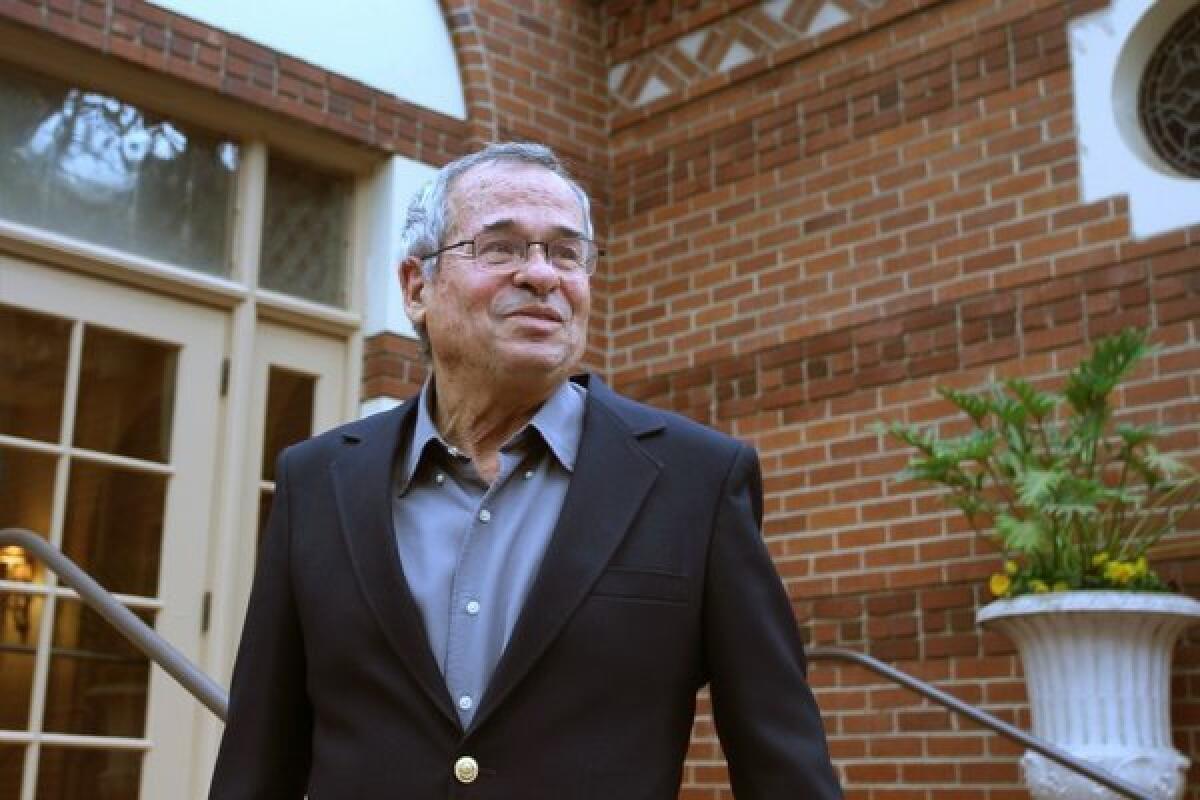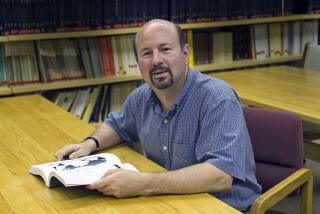Chemistry Nobel puts a welcome spotlight on the theorists

Theoretical chemists are celebrating the Nobel award to a trio of scientists whose groundbreaking research took chemistry out of the test tube and onto the computer chip.
The Nobel Prize for Chemistry went to Martin Karplus of Harvard University, Michael Levitt of Stanford University and Arieh Warshel of USC for their work using computers to model complex chemical processes. Their research laid the groundwork for major chemical advances today, from understanding the mysteries of photosynthesis to searching out new drugs for untreated diseases, scientists said.
“I’m super excited,” said James Skinner, a theoretical chemist at the University of Wisconsin-Madison. “It’s a prize in molecular simulation and more generally in theoretical chemistry. That’s my field.”
“Chemistry is basically an experimental field,” Skinner said, “and I think experimentalists sometimes were just skeptical that theorists could make a contribution.”
The award for work in computational chemistry, he added, “gives some visibility to the field.”
Classical physics does a manageable job of describing large molecules, but it simply can’t keep up with the the lightning-fast, exceedingly complex chemical reactions in real life. A quantum-mechanics-based model would describe those reactions very well – but it takes far too long to do so.
“It’s not obvious how to put them together,” Skinner said. “That was exactly the puzzle … what you get out of them is very different.”
These three scientists’ research helped to marry the two, other chemists said, in a way that allowed them to use quantum mechanics for the most crucial part of the system they were modeling and switch to classical physics for the rest of it.
Their work provided a third, blended option for chemists that lies somewhere between theory and experiment, researchers said.
“It’s using the principles of theory to essentially carry out an experiment in silico,” said John Straub, a computational chemist at Boston University. “It has aspects of being an experimental approach, because you’re simulating the dynamics of the process … but you’re able to create this model of the system that has a remarkable level of detail that can’t really be captured by theory or experiment.”
Although the three chemists’ pioneering work was done decades ago, it often takes time for the far-reaching impact of such research to become clear, the scientists said.
“These Nobel laureates – they’re often honored 30 to 40 years after the initial discoveries because back then, in the ‘70s, the importance of this work wasn’t understood yet,” said Marinda Wu, an inorganic chemist and president of the American Chemical Society. “I was absolutely thrilled.”







